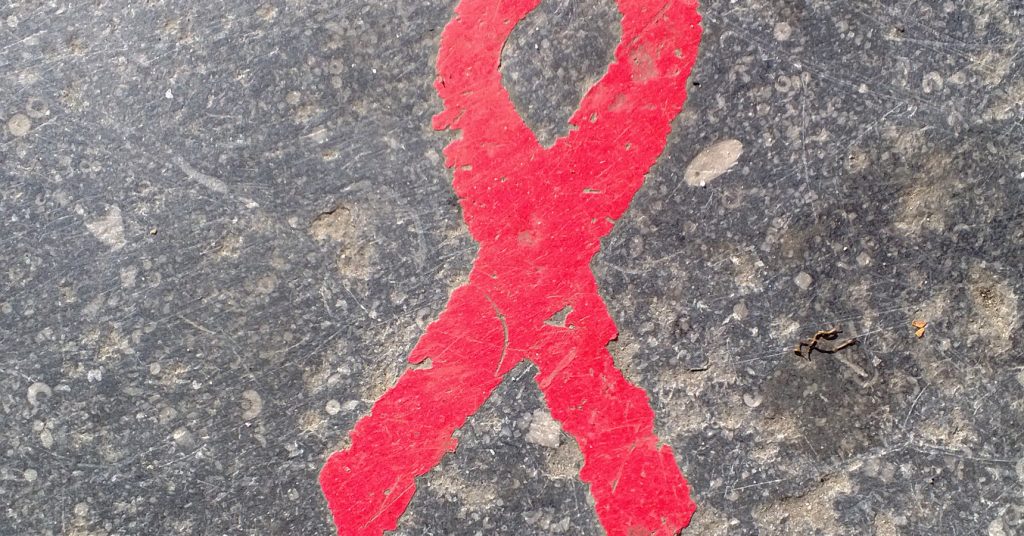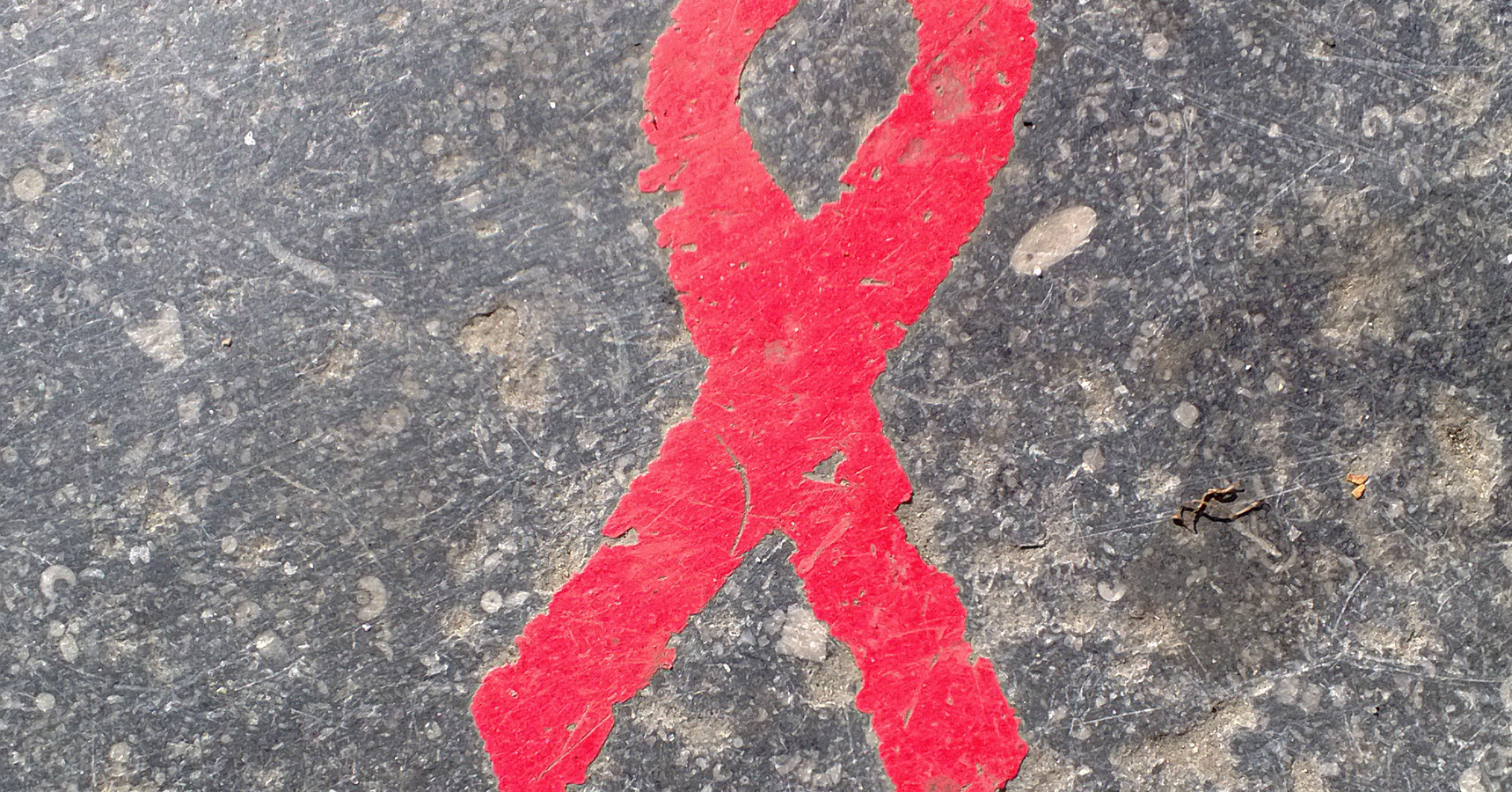Common Questions and Answers about HIV and AIDS
by Joel McDonald
adapted from a post by Luiz Correa
There is still a lack of understanding by many regarding HIV and AIDS. Often, this causes prejudice against HIV-positive individuals or cause those who may have HIV not to seek testing and treatment.
Here are some common questions and answers about HIV and AIDS. Knowing the truth will help combat the prejudice that enables the spread of the virus.
Can HIV be transmitted by kiss, hug or handshake?
NO. Only certain body fluids from a person who has HIV can transmit HIV. These fluids must come in contact with a mucous membrane or damaged tissue or be directly injected into the bloodstream (from a needle or syringe) for transmission to occur. This does not include saliva, however, there are extremely rare cases where open sores or bleeding of the gums have allowed the transmission of HIV through deep, open-mouth, kissing. (Centers for Disease Control)
Can transmission of HIV be prevented using medication?
YES. Taking medicine after being potentially exposed to HIV, called post-exposure prophylaxis (or PEP), can keep you from becoming infected. But PEP must be started within 72 hours after a possible exposure. If you are at very high risk for HIV from sex or injecting drugs, taking HIV medicines daily, called pre-exposure prophylaxis (or PrEP), can greatly reduce your risk of HIV infection. You can combine additional strategies with PrEP to reduce your risk even further. These medications do not provide protection against any other sexually transmitted infection, such as syphilis, hepatitis or gonorrhea. (Centers for Disease Control)
Is HIV only diagnosed with a blood test?
NO. HIV tests are typically performed on blood or oral fluid. They may also be performed on urine. Different tests are administered for different situations. Most testing is performed using a rapid antibody screening test, with results ready in 30 minutes or less. These tests are used in clinical and nonclinical settings, usually with blood from a finger prick or with oral fluid. (Centers for Disease Control)
Does a negative HIV test mean there is no possibility of HIV infection?
NO. No HIV test can detect HIV immediately after infection. If you think you’ve been exposed to HIV in the last 72 hours, talk to your health care provider about post-exposure prophylaxis (PEP), right away. A negative result doesn’t necessarily mean that you don’t have HIV. The time between when a person may have been exposed to HIV and when a test can tell for sure whether they have HIV is called the window period. The window period varies from person to person and depends on the type of test used to detect HIV. (Centers for Disease Control)
It is possible to be infected with HIV from getting a tattoo, manicure, or dental procedure?
YES, BUT UNLIKELY. There are no known cases in the United States of anyone getting HIV from getting a tattoo. However, it is possible to get HIV from a reused or not properly sterilized tattoo or piercing needle or other equipment, or from contaminated ink. Although HIV transmission is possible in health care settings, it is extremely rare. Careful practice of infection control, including universal precautions (using protective practices and personal protective equipment to prevent HIV and other blood-borne infections), protects patients as well as health care providers from possible HIV transmission in medical and dental offices and hospitals. (Centers for Disease Control)
Does an HIV diagnosis mean a significantly shortened life?
NO. Treatment for HIV is called antiretroviral therapy or ART. If people with HIV take ART as prescribed, their viral load (amount of HIV in their blood) can become undetectable. If it stays undetectable, they can live long, healthy lives and have effectively no risk of transmitting HIV to an HIV-negative partner through sex. Before the introduction of ART in the mid-1990s, people with HIV could progress to AIDS (the last stage of HIV infection) in a few years. Today, someone diagnosed with HIV and treated before the disease is far advanced can live nearly as long as someone who does not have HIV. (Centers for Disease Control)
Can HIV-positive women give birth without the virus being passed on to their baby?
YES. If a mother is treated for HIV early in their pregnancy, the risk of transmitting HIV to their baby can be 1% or less. After delivery, they can prevent transmitting HIV to their baby by avoiding breastfeeding, since breast milk contains HIV. A woman living with HIV should avoid breastfeeding even if she has an undetectable viral load. (Centers for Disease Control)
Do medications available today make being HIV-positive more like a chronic disease, like hypertension (high blood pressure)?
YES. HIV treatment involves taking medicines that slow the progression of the virus in your body. HIV is a type of virus called a retrovirus, and the combination of drugs used to treat it is called antiretroviral therapy (ART). Although a cure for HIV does not yet exist, ART can keep HIV-positive people healthy for many years, ART reduces the amount of virus (or viral load) in their blood and body fluids. ART is recommended for all people with HIV, regardless of how long they’ve had the virus or how healthy they are. ART also reduces their chance of transmitting HIV to others if taken as prescribed. (Centers for Disease Control)
Should a condom always be used when one of the partners is HIV-positive?
YES, FOR THE MOST PROTECTION: HIV medicine lowers the amount of virus (viral load) in the body, and taking it as prescribed can make an HIV-positive person’s viral load undetectable. If the viral load stays undetectable, there effectively no risk of transmitting HIV to an HIV-negative partner through sex. Treatment is a powerful tool for preventing sexual transmission of HIV. But it works only as long as you keep an undetectable viral load. Other actions to prevent HIV should be considered, like using condoms or pre-exposure prophylaxis (PrEP), for additional peace of mind and to prevent transmission of other sexually transmitted infections. Following prescribed treatment and being honest with your partner and making decisions about your sexual health together is important to preventing transmission. (Centers for Disease Control)
Does everyone who has HIV have AIDS or will develop AIDS in the future?
NO. The U.S. Department of Health and Human Services recommend that a person with HIV begin antiretroviral therapy (ART) as soon as possible after an HIV diagnosis. Starting ART slows the progression of HIV and can keep you healthy for many years. If you delay treatment, the virus will continue to harm your immune system and put you at higher risk for developing AIDS, which can be life-threatening. When a person with HIV gets certain infections (called opportunistic infections, or OIs) or specific cancers, they will get diagnosed with AIDS (also known as HIV Stage 3), the most serious stage of HIV infection. (Centers for Disease Control)
Is it possible to live a good life with HIV?
YES. Although a cure for HIV does not yet exist, ART can keep you healthy for many years, ART reduces the amount of virus (or viral load) in your blood and body fluids. ART is recommended for all people with HIV, regardless of how long they’ve had the virus or how healthy they are. ART also reduces your chance of transmitting HIV to others if taken as prescribed. It is important for HIV-positive people to make good nutrition and exercise a part of their daily lives and avoid doing harm to their bodies from activities like smoking. People with HIV who smoke have a greater chance of developing a life-threating illness that leads to an AIDS diagnosis. People who smoke and live with HIV also have a shorter lifespan than people with HIV who do not smoke. Today, someone diagnosed with HIV and treated before the disease is far advanced can live nearly as long as someone who does not have HIV. (Centers for Disease Control)
World AIDS Day takes place on the 1st of December each year. It’s an opportunity for people worldwide to unite in the fight against HIV, to show support for people living with HIV, and to commemorate those who have died from an AIDS-related illness. Related Links: Get Tested, Learn HIV Basics, Living with HIV, Treatment as Prevention (PrEP)

